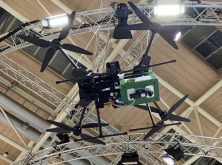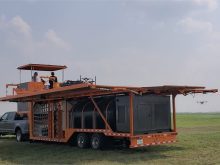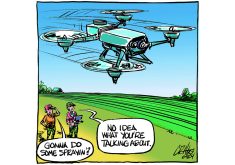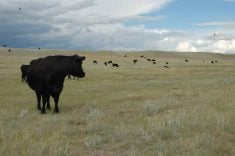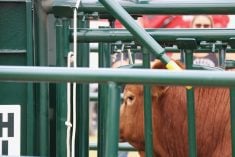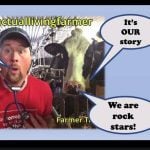The technology can help check fences and find cattle but also map fields, identify plants and check protein levels
KINSELLA, Alta. — Looking for cows in thick brush, checking for trees fallen on fence lines, identifying livestock in a herd, spraying weeds and creating maps of pastures are just some of the possible uses for drones, said John Church during a University of Alberta field day of new agriculture technology.
The Thompson Rivers University professor said with the super zoom lens on some drone cameras, the drone operator can read a tiny Canadian Cattle Identification Agency ear tag number on an animal when the drone is 100 metres above it.
Read Also
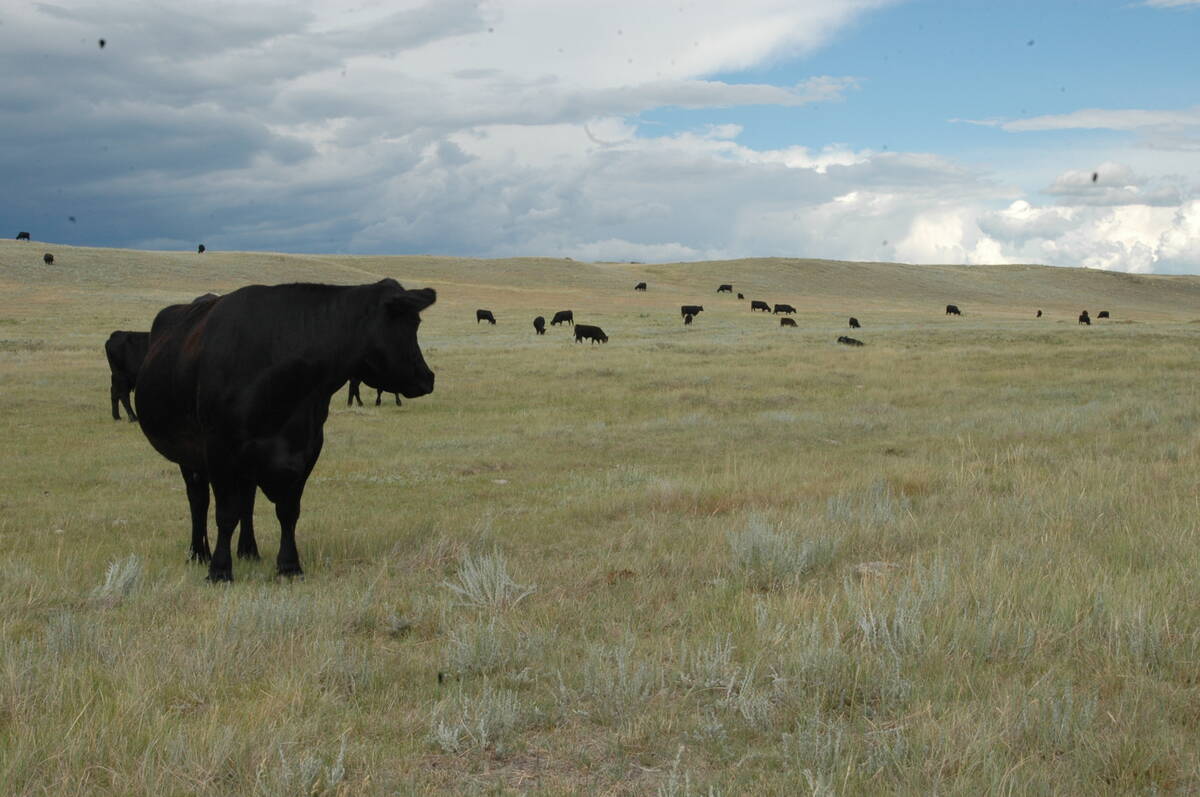
Canadian Food Inspection Agency slammed for handling of bovine tuberculosis case
The federal government leans heavily on producers to “take one for the team” and risk their livelihoods without any reassurance of support.
“I basically have the six-million-dollar man’s eye and it flies. I can read cattle ear tags at 100 metres high,” said Church, referring to the 1970s-era television program whose character had a bionic eye and other superpowers.
“It is astounding the ability to observe our animals. There is no chance of seeing that with the naked eye,” said Church during the field day focused on precision management tools.
Sean McGrath said he already uses a drone for checking fences and finding cattle on his central Alberta ranch and he is looking to upgrade his drone to access more features.
“I use it for checking fences or finding cows. We use it when we show up in a pasture and fly it real quick to see if that is the place to get on a horse or should we go around to the other place to start,” said McGrath of Vermilion, Alta.
“It is a huge time savings. I might treat a cow for foot rot at the bottom of a coulee. For me to go check on her with a horse would be a two-hour adventure if everything goes well. I could park on top of a hill and in 10 minutes I can check on her with a drone. It is a huge time saving,” said McGrath.
“We think we will move in spraying and spreading, and look at some of the more advanced camera options. I think it will be a long time before every cattle operation (has one) but I don’t think it will be very long before it is on the leading-edge ones.”
With the Canadian Agricultural Partnership funding, Alberta producers can receive a 50 percent refund on the cost of some technology, including buying a drone.
“If you are an Albertan it is an incredible time to buy a drone. A new program will pay 50 percent of the cost of the drone. If you want to use drones to monitor cows or remote sensing of pasture, this is the perfect time,” Church told the group.
The appeal of the drone is real for cattle producer Kelly Olson. This summer Olson spent an hour walking the fence line of a pasture, sometimes up to his waist in water. On another day he went to check on cows in a remote pasture and never saw them.
“There were 150 cows in the pasture, but I never saw any of them,” said Olson of Athabasca, Alta.
During the field day, Church flew three different sizes of drones at the very windy field day, including a small drone the size of a hand to show the versatility of the drones.
While checking for cattle and fences is the simple use for drones, newer, more advanced drone technology can map fields, identify plants and check the level of protein of the grass in the pasture.
“If we start combining LIDAR (light detection) with the photos and the multispectral, we can get down to the holy grail, which is plant identification. We can start finding weeds in our pasture and biomass for volume.”
DGI, the Chinese company that makes the drones Church was flying, already uses drones to seed, fertilize and spray and believes Canadian farmers could save money and adopt environmentally sustainable production practices by adopting more drone use.
“We spend an awful lot of money on chemicals spraying weeds. In the future, we could have a lot of pasture rejuvenation where people use quads and booms. The future is drones.”



